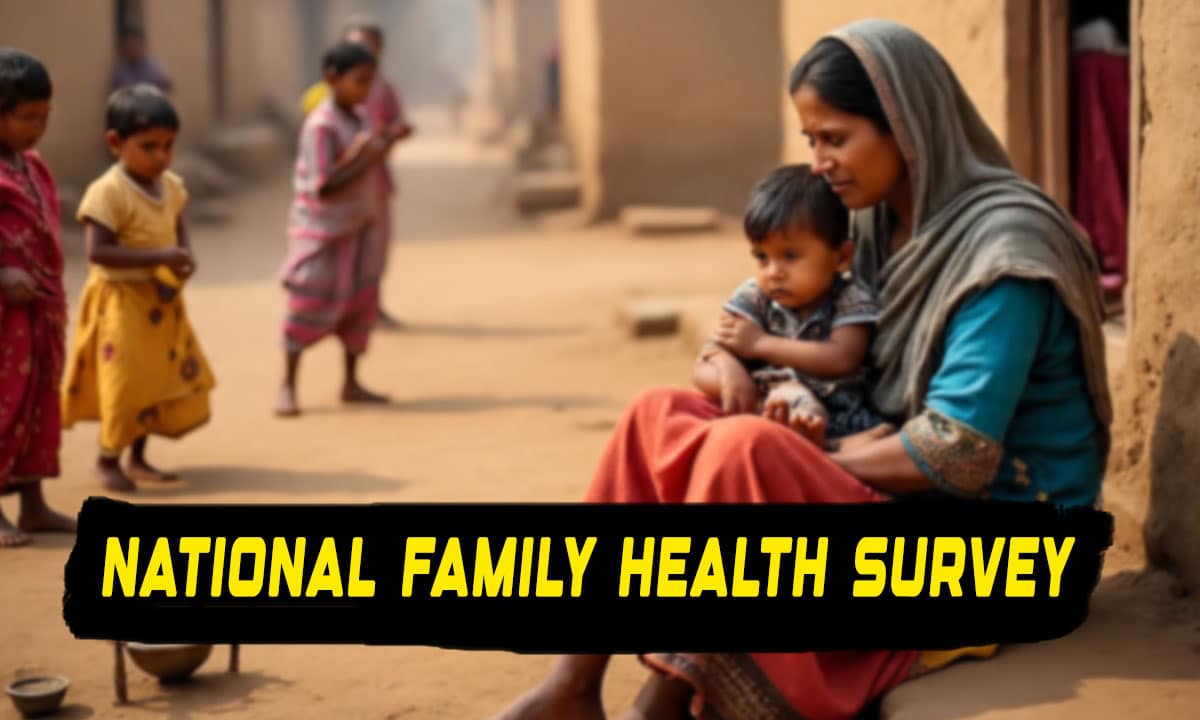
Hyderabad: A recent revelation from the National Family Health Survey (NFHS) has brought to light a concerning health crisis in Telangana—33 percent of children under the age of five suffer from stunted growth, a key indicator of chronic malnutrition. This alarming statistic places Telangana among the worst-performing southern states in child nutrition, second only to Karnataka (35%).
Table of Contents
Stunting: A Sign of Long-Term Undernutrition
Stunting, defined as low height-for-age, is a result of chronic undernutrition and prolonged deficiencies in essential nutrients. According to health experts, it is not just about physical height but a reflection of the cumulative effects of poor nutrition, recurrent infections, and inadequate care over a long period.
NFHS data further shows that India as a whole has a 36 percent prevalence of stunting among children under five, with 32 percent being underweight, 19 percent wasted (too thin for their height), and 3 percent overweight.
Also Read: Allahabad High Court Rejects Bid to Label Shahi Eidgah as “Disputed Structure”
How Telangana Compares With Other Southern States
In terms of stunted growth among children under five:
- Karnataka: 35%
- Telangana: 33%
- Andhra Pradesh: 31%
- Tamil Nadu: 25%
- Kerala: 23%
While Kerala continues to lead in child nutrition outcomes, Telangana’s numbers point to a serious public health challenge that needs urgent attention.
Experts Point to Malnourishment, Poor Hygiene, and Infections
Public health specialists in Hyderabad have pointed out several causes for the high rate of stunting in Telangana, including:
- Inadequate food intake and poor-quality diet
- Insufficient breastfeeding practices
- Maternal malnourishment
- Frequent chronic infections
- Poor access to clean water, sanitation, and hygiene
- Food insecurity and poverty
Though genetics may contribute in a small way, malnourishment remains the primary driver, experts say.
NFHS Observations: Who Is Most at Risk?
The NFHS has outlined specific trends regarding stunting in India:
- Prevalence is equal among girls and boys
- Highest increase is seen between the ages of 6–23 months
- 44% of children born very small are stunted
- Children of thin or malnourished mothers face higher risk
- Rural areas (37%) fare worse than urban areas (30%)
- Children born to uneducated mothers are far more likely to be stunted (46%)
- Stunting declines steadily with rising household wealth
The Bigger Picture: National and Regional Trends
While Telangana’s numbers are worrying, Meghalaya tops the national list with 47% of children stunted. The data shows that despite economic progress, undernutrition continues to affect millions of children across India, with long-term impacts on health, cognitive development, and productivity.
Public health advocates are urging both state and central governments to invest more in maternal and child nutrition programs, improve awareness about breastfeeding and hygiene, and strengthen food security initiatives at the grassroots level.

